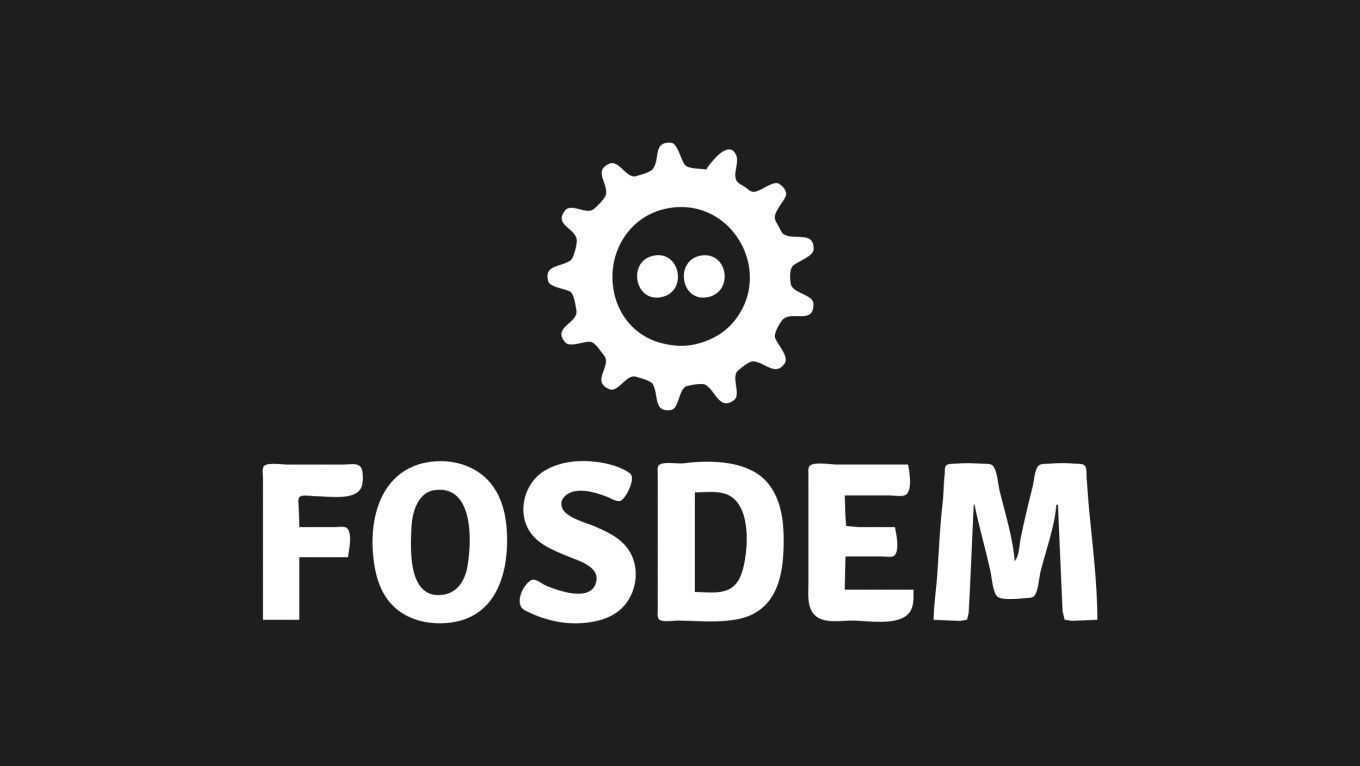Open Research Tools and Technologies
Building a consensus meta-data standard for actigraphy and light exposure data
<p>In chronobiology and sleep science, researchers often collect data using research-grade activity trackers called actigraphs, which measure movement and determine rest-activity cycles, and light dosimeters, which measure light exposure. At present, there is no meta-data standard for actigraphy and light exposure data that describe aspects of the data collection, such as device manufacturer, sampling rate, or instructions given to the participant. However, meta-data like those are critical for aggregating data and comparing data collected in different samples or across various research sites. Over the past 1+ year, we have been working on developing a consensus meta-data standard for describing actigraphy and light exposure data. The standard is written in JSON-schema, and is extendable to other time-series modalities (such as temperature). The standard is the joint effort of two teams of researchers volunteering their time. In this talk, I will describe the journey from inception to standard, along with the challenges and barriers encountered.</p>
Additional information
| Type | devroom |
|---|
More sessions
| 2/5/22 |
<p>The Open Research Tools and Technologies devroom managers welcome words announcing the schedule.</p>
|
| 2/5/22 |
<p>This presentation is about the development and trajectory of Heurist (HeuristNetwork.org), a shared, integrated, extensible data infrastructure (model, build, manage, analyse, visualise, share, publish via integrated CMS) for Humanities research capable of handling the needs of many heterogeneous projects on a single standalone service*, with optional integration across multiple servers by a coordinating index (itself based on Heurist).</p> <p>Humanities data are interesting (both technically ...
|
| 2/5/22 |
<p>Developed from 1995 onward, Prospero is a framework for longitudinal analysis of text corpora. Based on dictionaries and semi-automatic classification, it mainly allows its user to combine approaches of statistical computation, co-occurrence network and search for nested patterns. Inspired by pragmatic sociology, it focuses on the multiple forms of expression and argumentation used by actors, on language regimes and on the identification of transformations occurring in the research case. ...
|
| 2/5/22 |
<p>I am a social scientist who mostly teaches and conducts qualitative research, but I am also a programmer. Over the years, I have contributed to a variety of free and open source software projects, and since 2019, I have developed and maintained <code>textnets</code>, a Python package for text analysis that represents collections of texts as networks of documents and words, providing novel possibilities for the visualization and analysis of texts. In my field, such software development efforts ...
|
| 2/5/22 |
<p>Discussion panel of three testimonies from academics developing software.</p>
|
| 2/5/22 |
<p>The writing of web publications mixing data visualization and textual prose opens novel opportunities for connecting evidence, arguments and narrative in social sciences communities. Such a practice poses a variety of challenges in terms of website design and development ; but also and maybe more importantly, it asks for experimenting specific workflows for coordinating a variety of expertises ranging from social sciences disciplines (history, sociology, etc.) to data science, information ...
|
| 2/5/22 |
<p>This talk will show a new Python tool called Livemark, which is designed for data journalism software education, and documentation writing. Using Livemark, you can collect and present data with interactive tables, charts, and other elements without leaving a text editor. You can also write documentation with live script execution similar to a lightweight version of a Jupiter Notebook. This talk will demo Livemark and will be well-suited for a technical and non-technical audience that is ...
|

